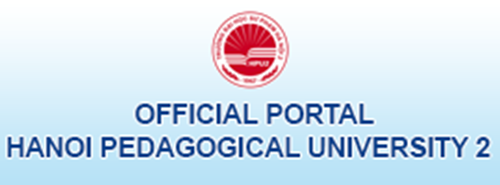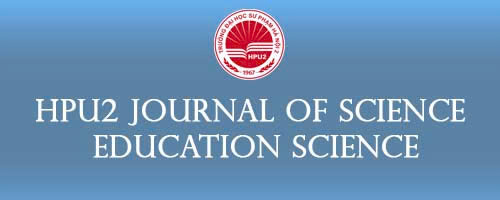Peer review process
General information
HPU2 Journal of Science: Natural Sciences and Technology applies a double-blind peer review process in which the authors of research or review articles do not know the reviewers and vice versa. Papers published in HPU2. Nat. Sci. Tech is peer-reviewed by at least two experts and evaluated by the managing editor. All submissions, editorial reviews, interactions with corresponding authors, and publishing processes are handed in the online submission system.

Screening stage
When a new manuscript is submitted successfully to the journal via the online submission system, a submission acknowledgement will be given to the authors. The managing editor (and an assigned board member if necessary) and assistants will screen to ensure that the article is correctly formatted, within the scope of the journal, original, and potentially valuable.
Any article that has problems with plagiarism or the above criteria may be rejected, and the corresponding author will be informed.
Reviewing stage
The article that passes the screening stage will undergo formal double-blind peer review. After removing all authors' identities, the managing editor (or an assigned board member) will invite at least two suitable scientists to review the manuscript. The journal selects reviewers based on their expertise, reputation, specific recommendations, and experience.
Reviewers evaluate the manuscript in different criteria and are welcome to give informative recommendations based on which the editorial decision can be made, and the author can improve their paper.
Reviewers of a particular manuscript may have different evaluations and recommendations. The assigned board member has to make recommendations to the managing editor based on conflicting advice from the reviewers. The managing editor then decides three possibilities:
- The manuscript will be transferred to the next state, and the author will be informed.
- The authors are invited to revise their manuscript to address the editor's and the reviewers' comments.
- The authors will be informed that their paper will be rejected. The journal will send all reviewers' recommendations to authors so that they can improve the manuscript.
Revision stage
Authors are invited to revise their manuscript. If the authors agree to change, they must improve their manuscript based on the editor's evaluation, reviewers' questions, comments, and suggestions. The corresponding author has to resubmit the revised manuscript within the revision period which the editor informs based on how much the manuscript has to be fixed. After receiving the revised manuscript, the editor (or an assigned board member) will evaluate how the authors have made changes and determine whether the authors responded sufficiently to the reviewers' comments and suggestions. If necessary, the journal will return the revised manuscript to the original reviewers for reevaluation. After receiving the reviewers' report, the editor (or an assigned board member) will make recommendations based on which the managing editor will make a final decision among two possibilities:
- The manuscript will be transferred to the next state, and the author will be informed.
- The authors will be notified that their paper is rejected.
Copyediting stage
Accepted manuscripts will be copyedited, including language correction, reference checking, formatting, artwork production, and adding authors' identities. The journal will inform the corresponding author for proofreading so that the authors have the last chance to make changes before the paper is published.
Posting publication
At this stage, the paper will be assigned publication information such as volume, issue, page, and DOI number, followed by posting on the journal website.






